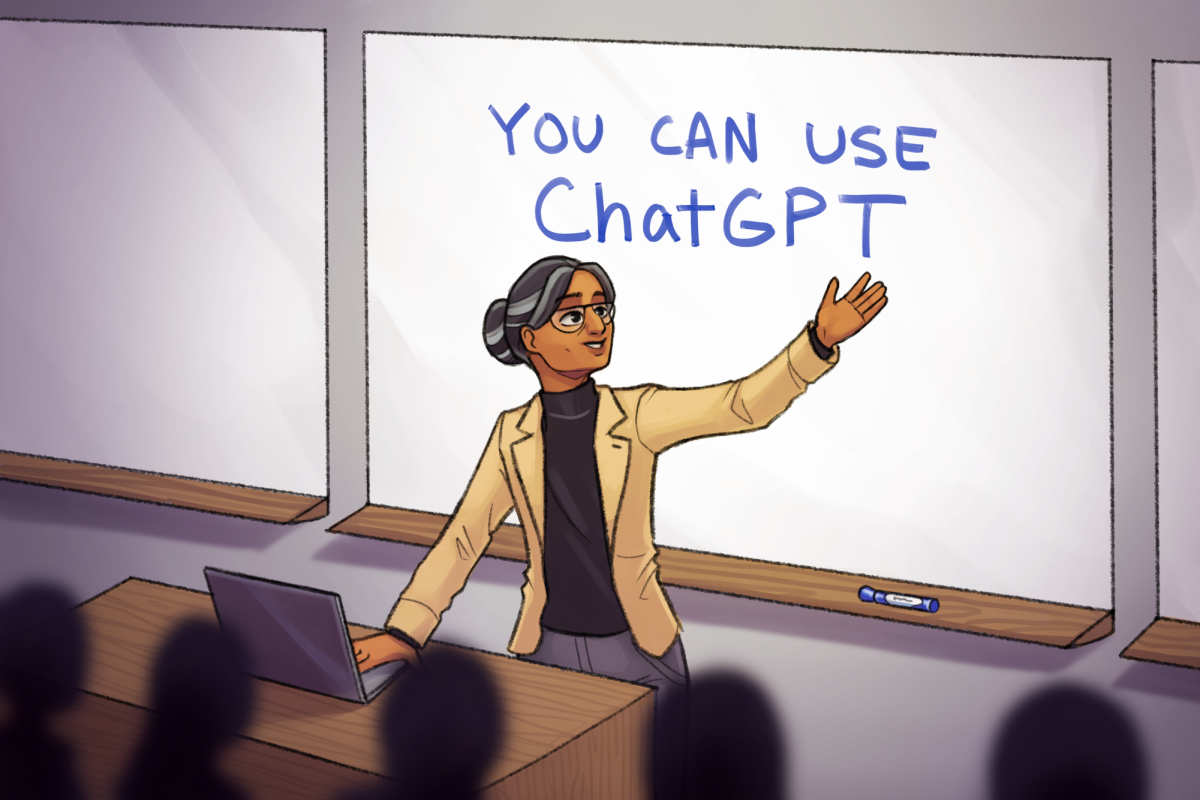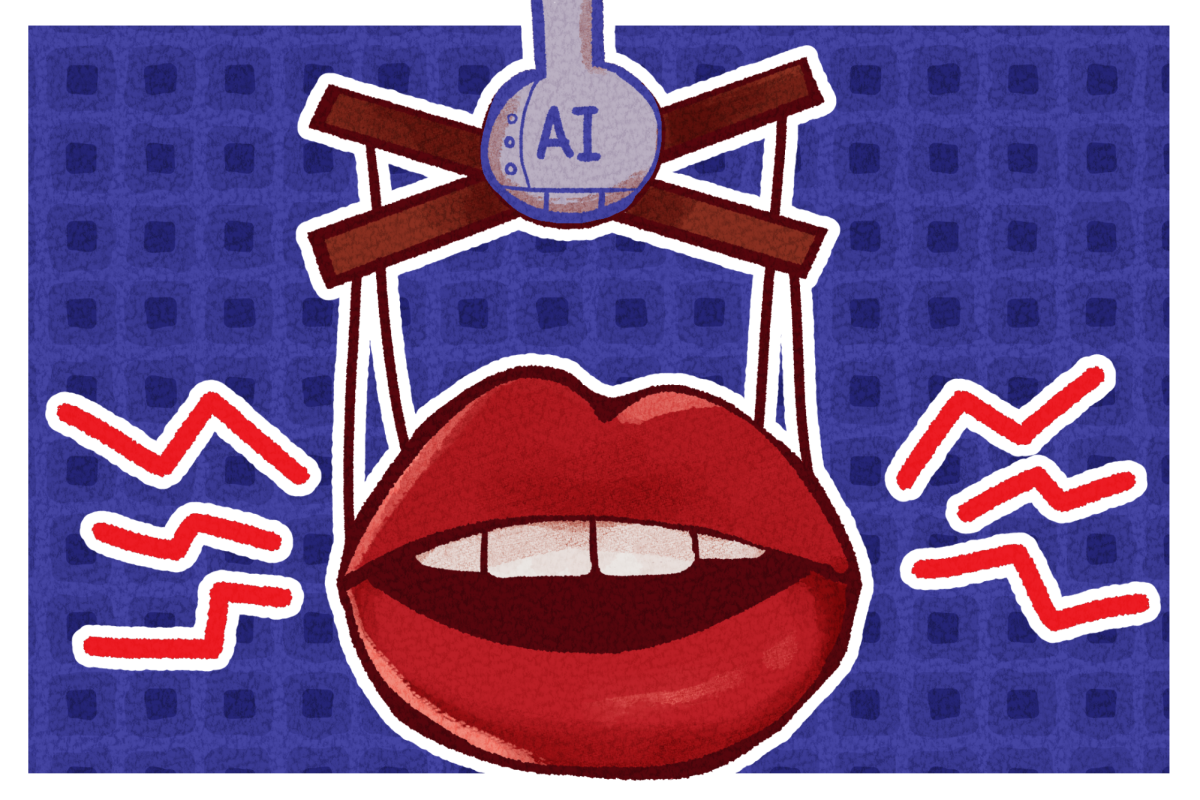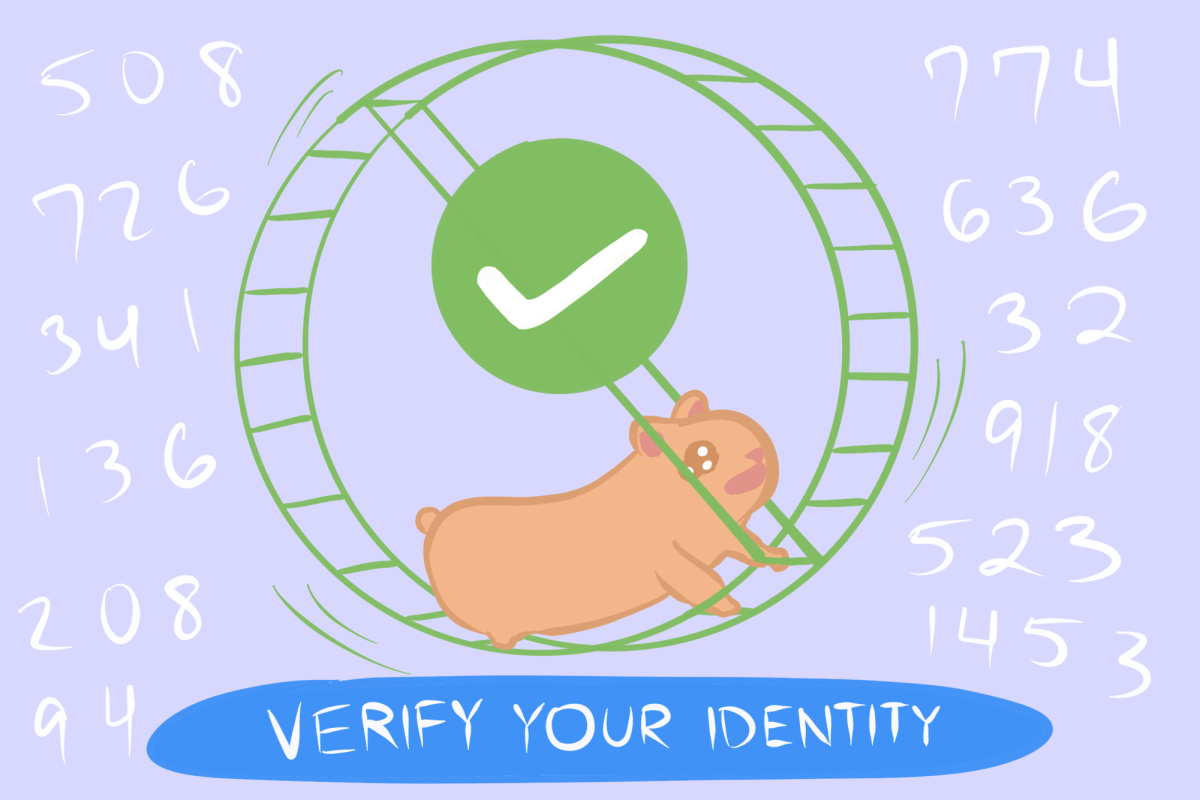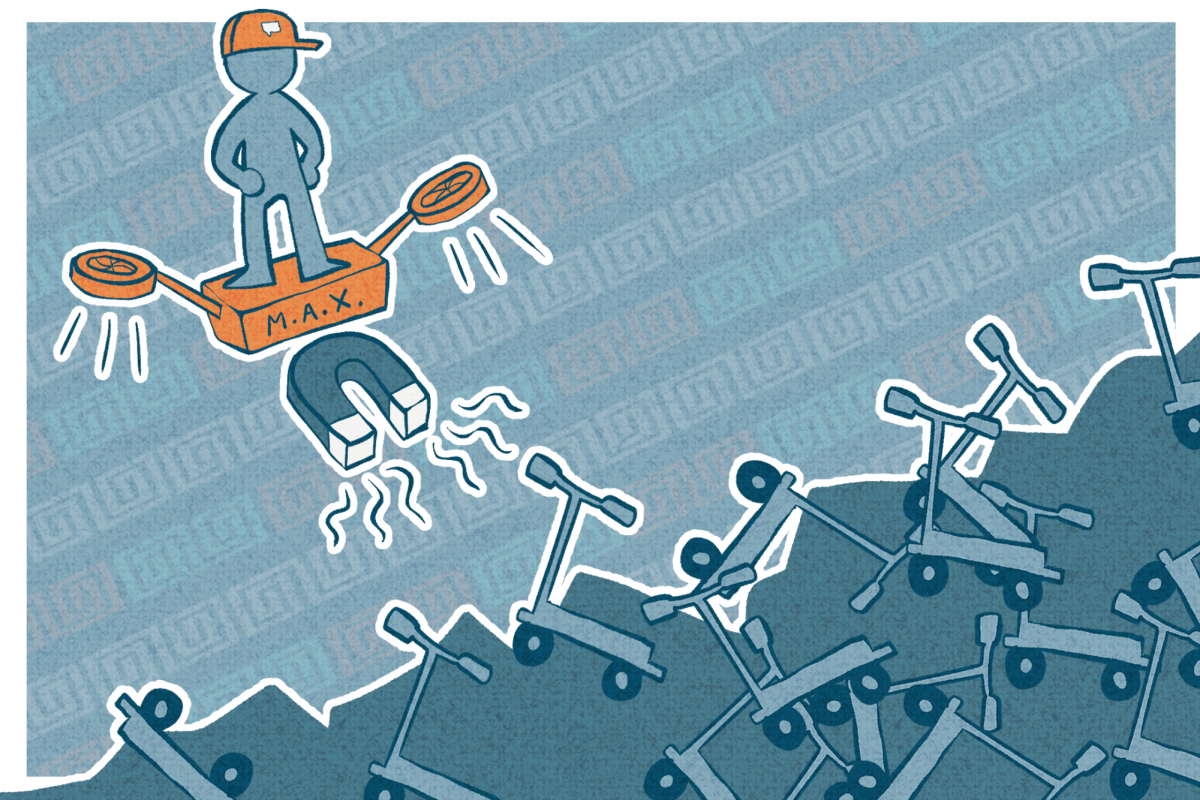It is not yesterday’s news that artificial intelligence is taking over the future — what’s more concerning is the potential job scarcity that many students will face after they graduate. It prompts a vital question: Why aren’t universities pushing our education toward AI literacy and readiness?
Almost a year ago, University faculty were taken aback when ChatGPT launched on Nov. 30, 2022. They were not expecting such advanced technology, and because of the lack of preparation, they decided to ban it. Why didn’t they consider teaching us how to use it to our advantage instead?
Academic honesty is a fundamental part of our educational system, and it is important to understand that using ChatGPT to write an entire essay is never the appropriate course of action. Using AI-driven chatbots to generate an essay does not stimulate our brain cells the same way it would if we wrote it ourselves. We must acknowledge that AI-driven chatbots, while useful, aren’t a direct replacement for our cognitive abilities.
However, that doesn’t mean there is no place for AI in our education.
Technology has long been incorporated into education; it started in the 1920s with radio and gradually progressed to calculators and, ultimately, to computers. These technological tools, once regarded as shortcuts or even methods of cheating, are now educational essentials. In light of this historical pattern, we should reconsider our aversion to AI.
Get The Daily Illini in your inbox!
AI’s compound annual growth rate — a metric showing the average growth rate of an investment measured across a period longer than a year — is projected at 38.1% from 2021 to 2030. AI might look lucrative now, but it will become even more lucrative down the line.
The AI market is also expected to experience annual growth rates of at least 120%, meaning there will be more firms engaging with the creation and implementation of AI technologies. By 2025, around 97 million people are projected to work in AI.
The statistics show that AI will undergo significant expansion and employment opportunities.
Embracing AI in education is not simply about creating shortcuts for students: It’s about introducing a rapidly growing market into our daily lives in preparation for the future.
AI can benefit both students and educators, facilitating the teaching of complex subjects, providing instant feedback and personalizing the learning process. If you haven’t tried asking ChatGPT to explain some complex theories in a way an 8-year-old could understand, you should try.
To all of the educators out there: The intention here isn’t to endorse cheating. However, using AI-driven chatbots for tasks like grammar-checking a paper can have the same benefits as using a calculator in math. By introducing AI to our education — with regulations and guidelines to ensure responsible use — we might take education to the next level.
AI is already being incorporated into the world of education. Learning platforms like Gradescope, Turnitin, Duolingo and Fetchy utilize AI to improve their services. These platforms offer educators valuable time-saving benefits such as automating tasks like grading papers, lesson planning and writing professional emails. By optimizing time management in this way, teachers can dedicate more of their time to actual teaching and engagement with their students.
If educators continue to instill fear of AI into students, they hinder students’ abilities to adapt to AI-dependent careers in the future. While the consequences of cheating are justifiable, the use of AI should not be conflated with unethical behavior.
What if I asked ChatGPT to explain an academic journal from 150 years ago with archaic language? It’s hypocritical for professors to judge, since they used AI to check for plagiarism in my paper.
The rapid advancement of artificial intelligence is an undeniable force reshaping the landscape of education. By embracing AI, we not only prepare students for a future marked by technology but also empower educators to redefine their roles and enhance the learning experience.
If AI and human intelligence work together, we gain boundless opportunities for students and teachers. It’s a step toward embracing the future, not a shortcut to it.
Natalia is a sophomore in LAS.













